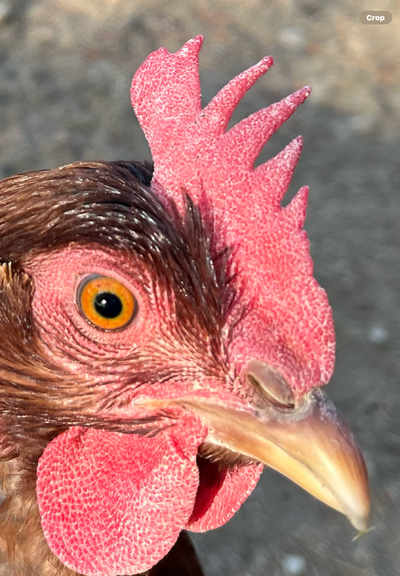Rocking W
In the Brooder
- Apr 3, 2025
- 23
- 28
- 46
Hello All,
Please take a look at these photos of our 26 & 28 week old hens who began laying in March and April. Some of the breeds (Easter Eggers or Olive Eggers) combs have changed from bright red to pale pink in just one month but they are all laying eggs now. Zoom in to see some white spots on their combs, waddles and their face skin.
We live in a very dry climate (high desert) of So. Calif.
All hens are acting normal, eating a drinking normal. I found some that had watery stools and fed them oatmeal which I think has helped.
I’ve also checked some of these hens for mites, but haven’t found any yet. All hens have access to several baths of Diatomaceous Earth and wood ash.
I’ve also supplemented one of their water bowls with Poultry Nutrient-drench and they get fresh, clean water everyday as well. So besides from the occasional diarrhea, they all are acting/ behaving and laying eggs regularly. Should I be concerned about the changes in their combs and waddles?
Finally, I should note here that one of our hens died last week due to what we suspect an infection from her leg wound or from being egg bound. She was just 26 weeks old.
 I sure hope it wasn’t due to mites or other fungus that we didn’t catch in time! (See other post)
I sure hope it wasn’t due to mites or other fungus that we didn’t catch in time! (See other post)
Please take a look at these photos of our 26 & 28 week old hens who began laying in March and April. Some of the breeds (Easter Eggers or Olive Eggers) combs have changed from bright red to pale pink in just one month but they are all laying eggs now. Zoom in to see some white spots on their combs, waddles and their face skin.
We live in a very dry climate (high desert) of So. Calif.
All hens are acting normal, eating a drinking normal. I found some that had watery stools and fed them oatmeal which I think has helped.
I’ve also checked some of these hens for mites, but haven’t found any yet. All hens have access to several baths of Diatomaceous Earth and wood ash.
I’ve also supplemented one of their water bowls with Poultry Nutrient-drench and they get fresh, clean water everyday as well. So besides from the occasional diarrhea, they all are acting/ behaving and laying eggs regularly. Should I be concerned about the changes in their combs and waddles?
Finally, I should note here that one of our hens died last week due to what we suspect an infection from her leg wound or from being egg bound. She was just 26 weeks old.
Attachments
-
 IMG_1533.png3.4 MB · Views: 61
IMG_1533.png3.4 MB · Views: 61 -
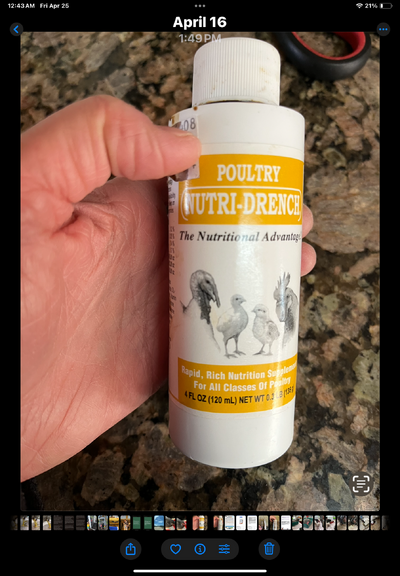 IMG_3454.png2.8 MB · Views: 16
IMG_3454.png2.8 MB · Views: 16 -
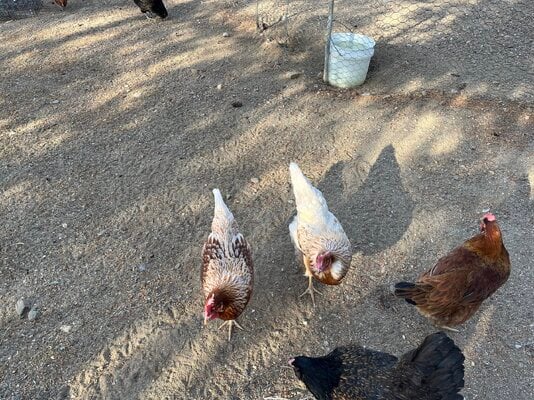 IMG_1526.jpeg1.3 MB · Views: 15
IMG_1526.jpeg1.3 MB · Views: 15 -
 IMG_1522.jpeg521 KB · Views: 16
IMG_1522.jpeg521 KB · Views: 16 -
 IMG_1517.jpeg778 KB · Views: 18
IMG_1517.jpeg778 KB · Views: 18 -
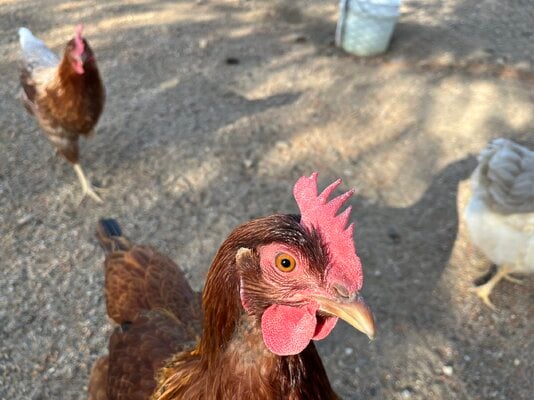 IMG_1524.jpeg430.8 KB · Views: 19
IMG_1524.jpeg430.8 KB · Views: 19 -
 IMG_1527.jpeg1.1 MB · Views: 21
IMG_1527.jpeg1.1 MB · Views: 21 -
 IMG_1529.jpeg525.9 KB · Views: 20
IMG_1529.jpeg525.9 KB · Views: 20 -
 IMG_1530.png2.4 MB · Views: 20
IMG_1530.png2.4 MB · Views: 20 -
 IMG_1531.png2.9 MB · Views: 18
IMG_1531.png2.9 MB · Views: 18 -
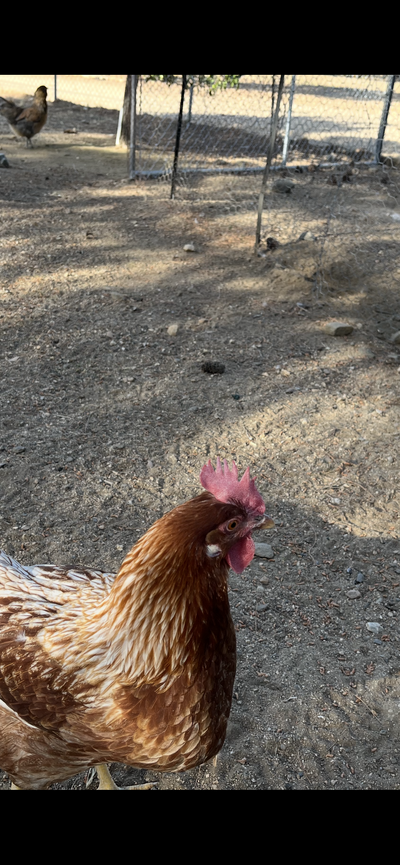 IMG_1532.png2.8 MB · Views: 15
IMG_1532.png2.8 MB · Views: 15 -
 IMG_3455.png2.9 MB · Views: 17
IMG_3455.png2.9 MB · Views: 17









